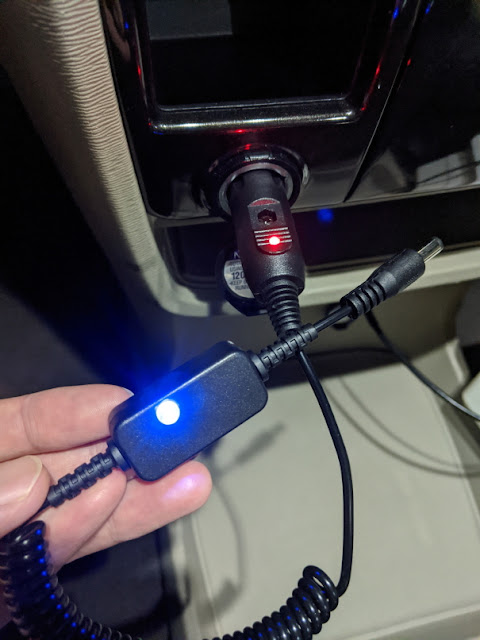I made this for charging my bicycle light battery pack in the car.
1. A TP5100 charging module (ebay) has been used
2. Cut the cord and solder the wire on the charger module.
3. Packaging in a plastic enclosure
Because the charging indicator LED would not be seen with the case closed, I drilled a hole on the case lid and plugged a clear acrylic screw.
3. The test was successful and it charged my battery pack like a charm.













